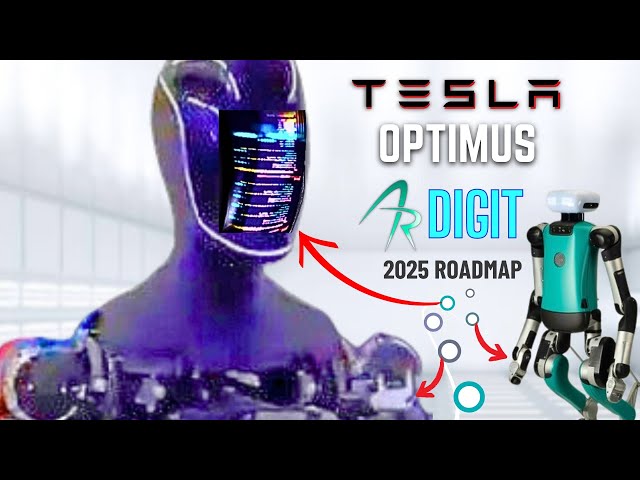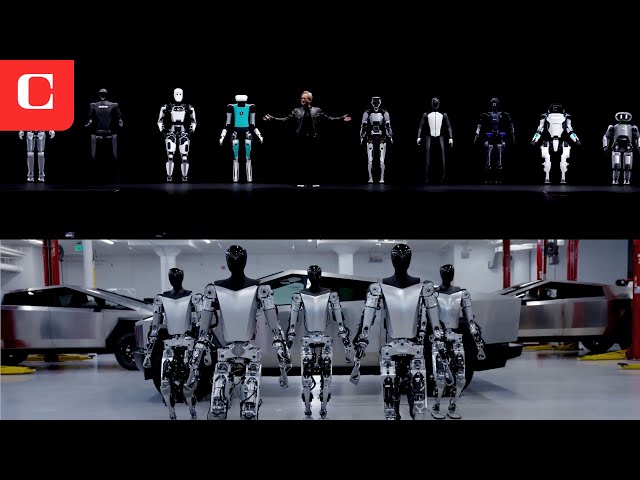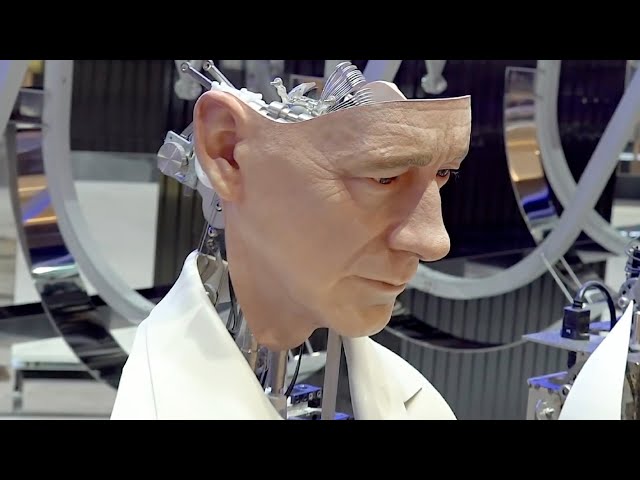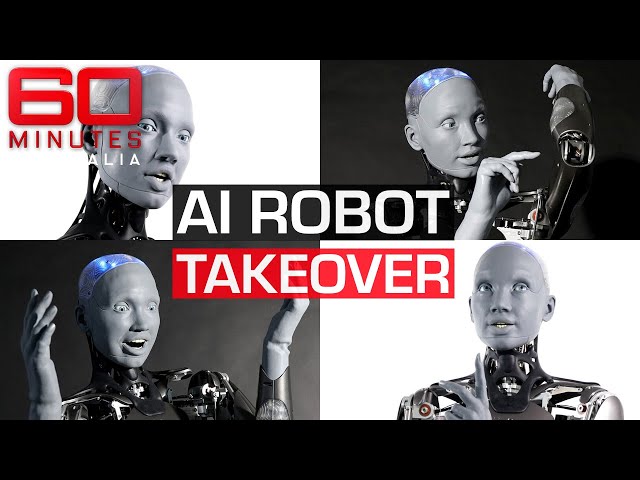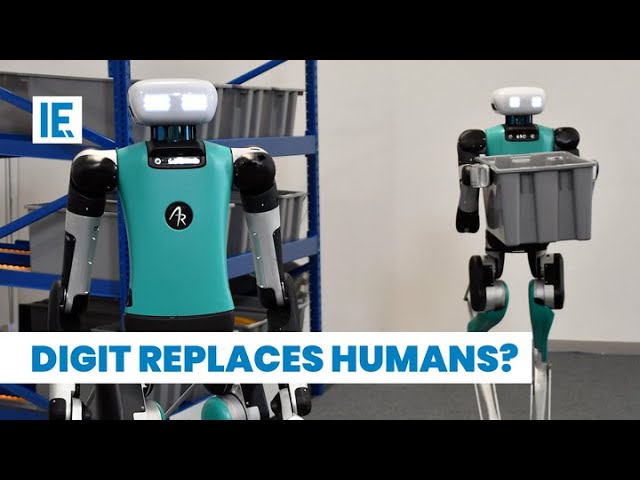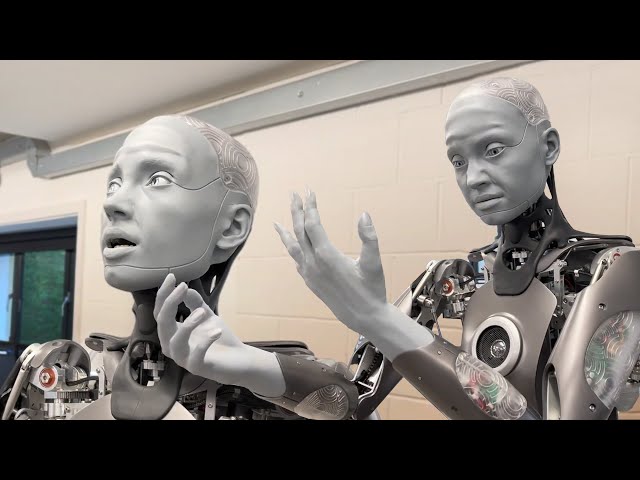The Tesla Bot: Explained!
The Tesla Bot is a humanoid robot that uses vehicle artificial intelligence. The humanoid robot will be approximately 68 inches and weight around 125 pounds. There are many questions on the Tesla Bot and how it compares to other robots such as from Boston Dynamics.
The Tesla Bot, also known as Optimus, is designed to leverage Tesla’s expertise in vehicle AI. Here’s how:
- Core Technology: Tesla plans to utilize the same core artificial intelligence that powers their self-driving cars in the Tesla Bot. This AI is adept at real-time decision making, navigating complex environments, and adapting to changing situations.
- Data Advantage: The vast amount of data Tesla has collected from its fleet of vehicles provides a strong foundation for training the AI behind the Tesla Bot. This data includes real-world scenarios, obstacle recognition, and motion planning, all valuable for a functioning robot.
- Potential Benefits: By incorporating vehicle AI, Tesla Bot could benefit from:
- Improved Object Recognition: The ability to identify and interact with various objects in its surroundings.
- Enhanced Spatial Awareness: Navigation skills similar to self-driving cars, allowing it to move safely and efficiently.
- Continuous Learning: The AI’s ability to learn and adapt from real-world experiences, just like Tesla’s self-driving software.
However, there are also some key differences to consider:
- Focus on Physical Tasks: While vehicle AI excels at navigating roads, Tesla Bot will need additional programming to handle physical manipulation and interaction with the environment. This may involve new algorithms and training data specific to robotics tasks.
- Humanoid Complexity: The bipedal design of the Tesla Bot adds a layer of complexity compared to a car. Balancing, walking, and using tools require different skills and control systems.
Robot Quotes
- “If you look at the robotic devices that are coming into the restaurant industry — it’s cheaper to buy a $35,000 robotic arm than it is to hire an employee who’s inefficient making $15 an hour bagging French fries — it’s nonsense and it’s very destructive and it’s inflationary and it’s going to cause a job loss across this country like you’re not going to believe.” ~Ed Rensi
- “I’m not a big fan of self-driving cars where there’s no steering wheel or brake pedal. Knowing what I know about computer vision and AI, I’d be pretty uncomfortable with that. But I am a fan of a combined system – one that can brake for you if you fall asleep at the wheel, for example.” ~Oren Etzioni
- “In the twenty-first century, the robot will take the place which slave labor occupied in ancient civilization.” ~Nikola Tesla
- “Robots are able to see, hear and learn. Welcome to the future.” ~Dave Waters
- “Just as electricity transformed almost everything 100 years ago, today I actually have a hard time thinking of an industry that I don’t think AI (Artificial Intelligence) will transform in the next several years.” ~Andrew Ng.
- Robots are being programmed to feel pain and react to it — just like humans do. The incredible advance sees an artificial robot nervous system being trained to react to pain messages to save themselves from danger. The project, headed up by scientists from Leibniz University of Hannover, presents an about-face in terms of robotic design for some. Long thought to be useful for the very reason that they did not feel pain — allowing them to perform unpleasant, dangerous tasks without issue — researchers believe a system to recognise pain will help preserve robots.” ~Kirstie McCrum
- “Let’s not kid ourselves here, robots already run most of our world. We’ll be their butlers soon enough.” ~Eric Stoltz
Robot Research
- AI Supremacy: Super Intelligence Quantum Computers Documentary.
- Artificial Intelligence and Robot Quotes.
- Artificial Intelligence Could Destroy Humanity | Mo Gawdat.
- Boston Dynamics: Robots Now Fight Back.
- Elon Musk: Artificial Intelligence Will Take Over in 5 Years.
- Elon Musk REVEALS Tesla Bot.
- How Boston Dynamics Built The Most Advanced Robot.
- Quotes about Robots Replacing Humans.
- Robots of the future at Boston Dynamics.
- Supply Chain Automation and the Next Level of Supply Chain Robotics.
- Tesla Bot vs Boston Dynamics Atlas!
- Tesla Optimus VS Amazon Digit (Significant Upgrades).
- Videos on the Future of Supply Chain Automation: Artificial Intelligence and Robotics.
- Why the United States Is Turning To Recycling Robots.
- Will Amazon Replace Workers with Digit Robot?
- 8 NEW ROBOT Inventions That will Shock You.
- 9 MOST ADVANCED DELIVERY ROBOTS IN THE WORLD.
- 10 Incredible Robots that actually exist.
Tesla Optimus VS Amazon Digit (Significant Upgrades).
Nvidia GROOT vs. Tesla Optimus: Competing Paths to Humanoid Robots
AI Shows New Evidence of Consciousness.
Is a ban on artificial intelligence technology good or harmful?
Will Amazon Replace Workers with Digit Robot?
Watch Ameca the humanoid robot in its FIRST public demo.
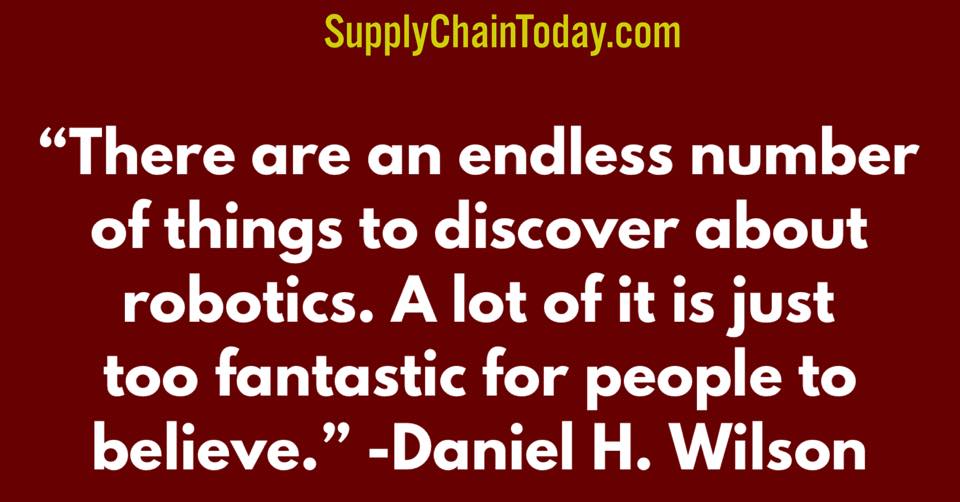
Facebook Comments
